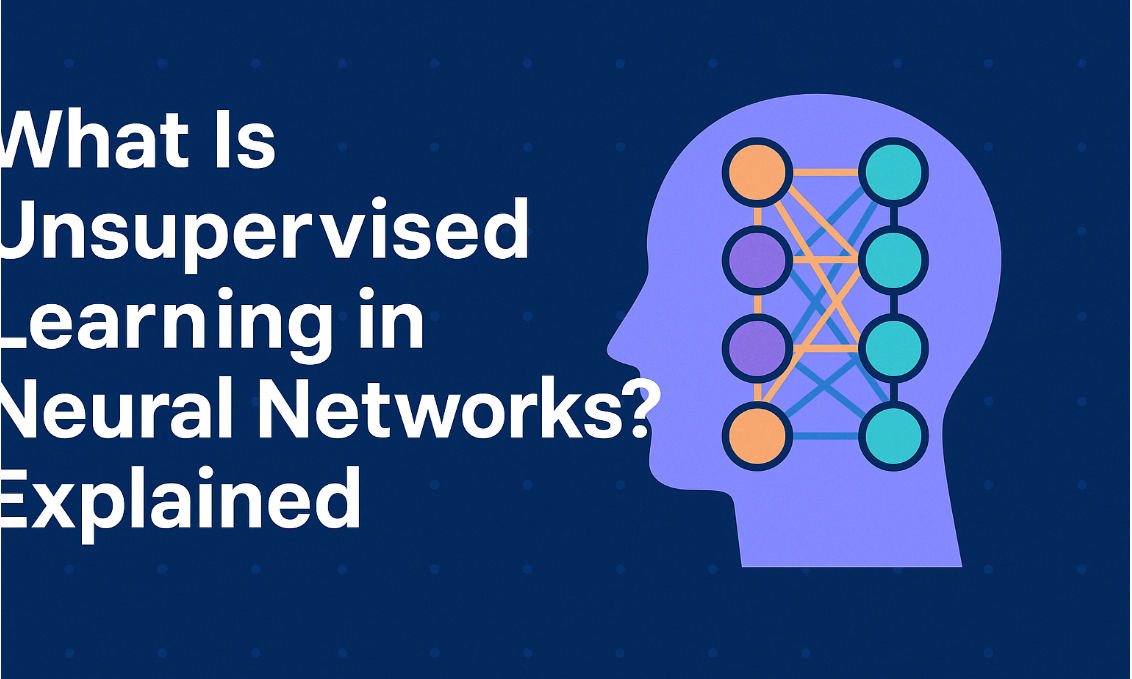
What is Fuzzy Decision Making? A Complete Guide with Examples, Advantages, and Applications
Introduction
In today’s complex and data-rich world, decision-making is no longer binary. Whether it's controlling smart home devices or making financial investments, situations often involve uncertainty and vagueness. That’s where Fuzzy Decision Making steps in. Unlike traditional decision-making methods that rely on black-and-white logic, fuzzy decision-making allows for degrees of truth, offering a flexible and human-like way to handle real-world ambiguity.
Table of Contents
What is Fuzzy Decision Making?
History and Background
Key Concepts in Fuzzy Logic
Steps in Fuzzy Decision Making
Real-Life Examples
Advantages of Fuzzy Decision Making
Disadvantages and Limitations
Fuzzy Decision Making vs Classical Decision Making
Courses and Learning Resources
Problem-Solving Example
Conclusion
FAQs
What is Fuzzy Decision Making?
Fuzzy Decision Making is a computational approach that deals with reasoning, decision-making, and problem-solving in situations where data is incomplete, imprecise, or vague. It is based on fuzzy logic, where values are represented as degrees of truth ranging from 0 to 1 instead of strict true/false (0 or 1).
History and Background
Fuzzy logic was first introduced by Lotfi A. Zadeh in 1965. Initially developed to mimic human reasoning, fuzzy logic evolved into a full-fledged decision-making technique. Over time, fuzzy systems have been integrated into various fields like control systems, healthcare, finance, and artificial intelligence.
Key Concepts in Fuzzy Logic
Fuzzy Sets: A class where elements have degrees of membership.
Membership Function: A curve that defines how each input value maps to a degree between 0 and 1.
Fuzzy Rules: "IF-THEN" logic that guides decision making.
Fuzzification: Converting crisp input into fuzzy values.
Defuzzification: Converting fuzzy results back into crisp values.
Steps in Fuzzy Decision Making
Define the Problem: Identify the parameters and goals.
Fuzzification: Convert input data into fuzzy sets.
Rule Evaluation: Apply fuzzy rules using inference engines.
Aggregation: Combine the outcomes of all applicable rules.
Defuzzification: Produce a final output or decision.
Real-Life Examples
Air Conditioner Control: Adjusts power level based on room temperature and humidity.
Automotive Systems: Cruise control and automatic braking systems.
Medical Diagnosis: Determines treatment based on symptoms with varying severity.
Investment Planning: Makes decisions by evaluating market conditions and risk levels.
Advantages of Fuzzy Decision Making
Handles ambiguity and uncertainty effectively
Mimics human reasoning
Flexible and adaptive to real-world changes
Integrates easily with AI and machine learning systems
Useful in nonlinear and complex systems
Disadvantages and Limitations
Requires expert knowledge to define fuzzy rules and membership functions
Computationally intensive in large-scale applications
May produce less precise results compared to crisp logic
Can be difficult to validate and interpret
Fuzzy vs Classical Decision Making
| Feature | Classical Decision Making | Fuzzy Decision Making |
|---|---|---|
| Logic Type | Binary (0 or 1) | Degree-based (0 to 1) |
| Handling Uncertainty | Poor | Excellent |
| Flexibility | Rigid | High |
| Real-life Applications | Limited | Extensive |
Problem-Solving Example
Scenario: A company needs to decide the level of investment based on market trend and risk.
Fuzzy Variables:
Market Trend: {Negative, Neutral, Positive}
Risk Level: {High, Medium, Low}
Fuzzy Rules:
IF Market is Positive AND Risk is Low THEN Invest High
IF Market is Neutral AND Risk is Medium THEN Invest Moderate
IF Market is Negative AND Risk is High THEN Invest Low
Result: Based on fuzzy logic, the system may recommend a "Moderate to High" investment level.
Conclusion
Fuzzy Decision Making is a powerful tool for handling complex and uncertain environments. By embracing the shades of gray between "yes" and "no," it provides a flexible, adaptable, and human-like method for decision-making. Whether you're an engineer, researcher, or student, understanding fuzzy systems can open the door to smarter and more efficient solutions.
What do you think about fuzzy logic in real-life decision making? Drop a comment below and share your thoughts!
FAQs
What is fuzzy decision making?
It is a method of decision making that handles uncertainty using fuzzy logic, allowing decisions based on degrees of truth rather than binary values.
Where is fuzzy decision making used?
Used in industrial automation, robotics, medicine, finance, and climate control systems where data is imprecise or vague.
Is fuzzy logic the same as AI?
Not exactly. Fuzzy logic is a subfield of AI focused on decision-making in uncertain environments.
Can fuzzy decision making be used in daily life?
Yes. It's used in appliances like air conditioners and washing machines, as well as in stock market predictions and personal finance planning.
Are there any limitations of fuzzy decision making?
Yes, it may be computationally intensive and require expert knowledge to configure.








